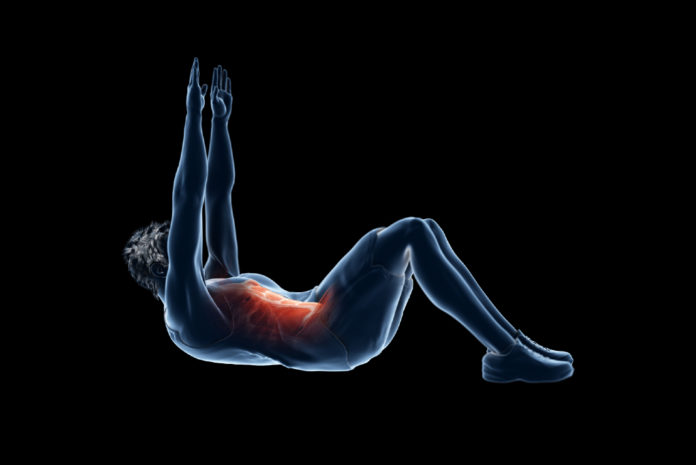Here’s a guide on how to engage the core muscles
Do you know how to engage the core muscles in your body? The muscles that surround your trunk, such as your abdominals, obliques, diaphragm, pelvic floor, trunk extensors, and hip flexors, make up your core. Let’s go over how the core muscles contribute to trunk stability and mobility, while providing a few core exercises that you can include in your training routine.
There are several muscle groups that make up the body’s core muscles. The rectus abdominis (six-pack) is a muscle group that helps flex the spine. The internal and external obliques help provide stability to the front and sides of the trunk. Our body’s deepest abdominal muscle is the transversus abdominis, which runs horizontally around the body and supports the spine.
When engaged, our pelvic floor muscles function to aid our spine and pelvis, as well as the control of flow for our urine and feces. Although it’s not the most pleasant muscle group to explain, it’s one of the most important. So is our diaphragm, which is the main muscle that’s responsible for helping us breathe. There’s also the back extensors that work for our posture and allow for spinal extension. Last but not least, the iliopsoas is the belly muscle that’s connected to our spine and is a core stabilizer.
Now that we have them identified, here’s how to engage the core muscles. To have a core that ‘s truly strong and functional, we must be able to use it in any scenario and movement, giving our moving body dynamic stability and spinal support. We’ll be going over four ways to execute this.
Concentric Contraction
Traditional ab exercises such as a crunch utilizes the core muscles as prime movers. The rectus abdominis and obliques contract concentrically to pull your ribs toward your hips, lifting your shoulders and head. These are the most popular muscle contractions, as concentric contractions are used to generate movement.
Eccentric Contraction
Eccentric contractions slow down the body’s force or motion. They usually take place in combination with a concentric contraction on the opposite side of the joint. For example, when we straighten and lift our spine after slouching, two contractions will occur — concentric contractions in the spinal extensors and eccentric contractions in the abs.
Abdominal Brace
An abdominal brace is an isometric contraction of the abdominal wall muscles to keep our spine, ribs, and pelvis in place. This brace also protects our spine, and is usually engaged when doing lifting workouts. Time to lift some heavy loads!
Abdominal Draw-In
The last one on our list of options on how to engage the core is the abdominal draw-in, which occurs when we bring our navel to our spine. In more simplified words, we draw in our abs. Used for stability, this core contraction is effective in engaging our deep spinal stabilizers.
We hope you enjoyed this guide and will practice these four ways on how to engage the core muscles.
